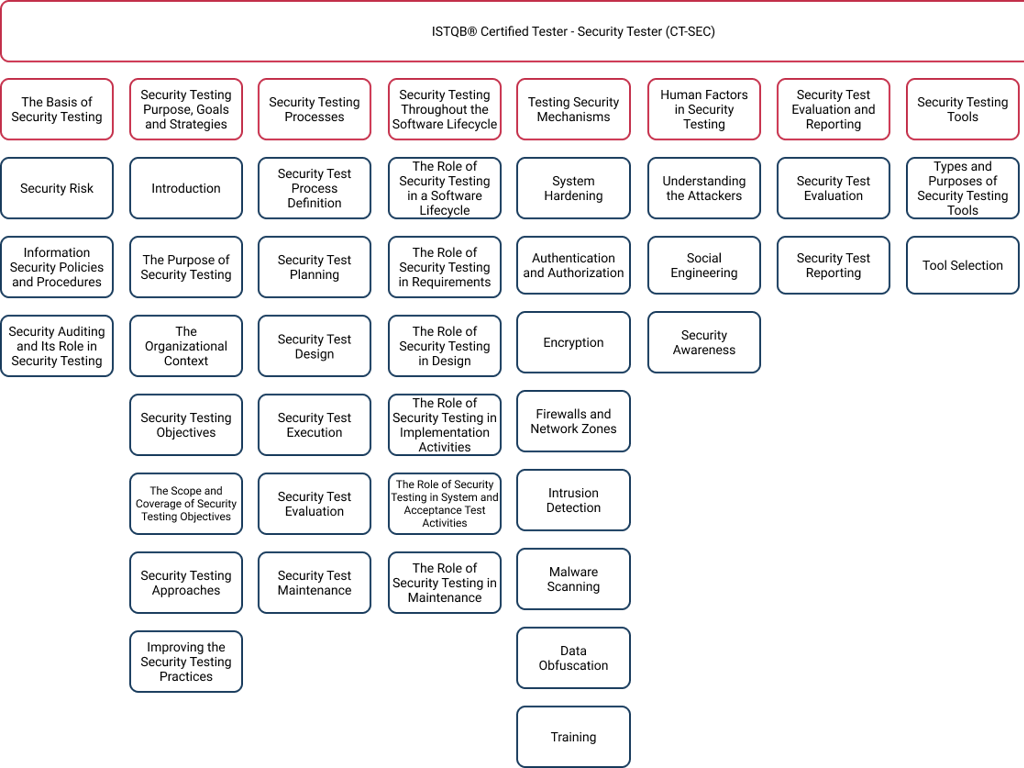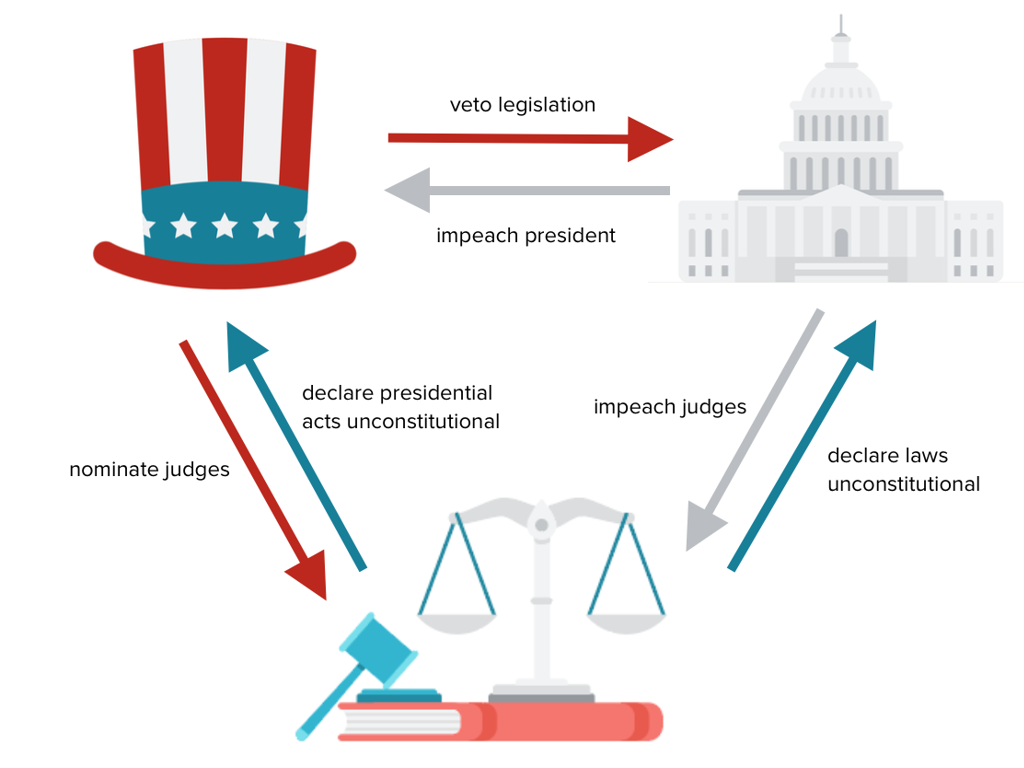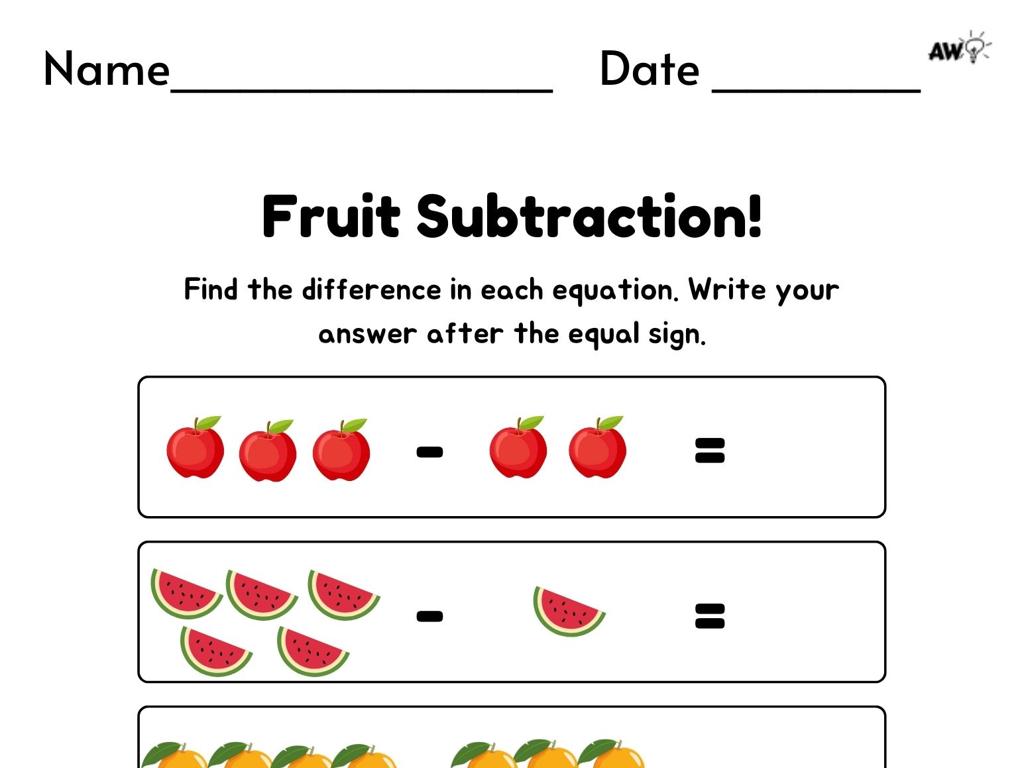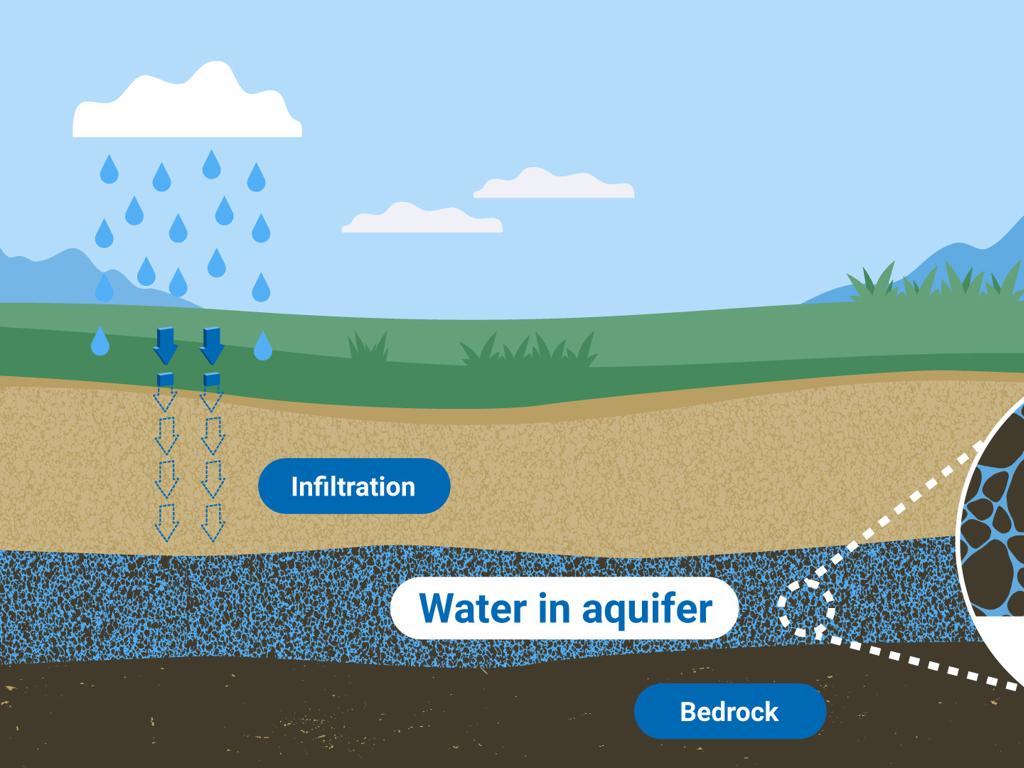Estimate Temperatures
Subject: Science
Grade: Eighth grade
Topic: Units And Measurement
Please LOG IN to download the presentation. Access is available to registered users only.
View More Content
Introduction to Temperature
– Understanding temperature’s role
– Temperature measures how hot or cold something is, crucial for weather, health, and cooking.
– Exploring temperature units
– Celsius is used for weather, Fahrenheit often for cooking, Kelvin in science.
– Real-life temperature applications
– Consider climate control, food preparation, and scientific experiments.
– Estimating temperatures
|
This slide introduces the concept of temperature and its significance in various aspects of daily life and science. Temperature is a measure of the thermal energy of a substance, and it’s essential for maintaining homeostasis in living organisms, understanding weather patterns, and conducting scientific research. The three main temperature scales are Celsius, Fahrenheit, and Kelvin, each used in different contexts. Real-life applications include climate control systems, cooking and food safety, and experimental procedures in labs. Encourage students to think about how they encounter temperature measurements in their lives and to practice estimating temperatures in different units.
Understanding Temperature
– Defining temperature
– Temperature measures how hot or cold something is.
– Measuring temperature
– We use thermometers with scales like Celsius or Fahrenheit.
– Molecular motion and temperature
– At higher temperatures, molecules move faster.
– Impact of molecular speed
|
Begin the lesson by defining temperature as a measure of the average kinetic energy of the particles in a substance. Explain that temperature is measured using thermometers, which can have different scales, such as Celsius or Fahrenheit, depending on the country or context. Dive into the molecular perspective by discussing how temperature affects the speed at which molecules move: the higher the temperature, the faster they move. This concept is crucial for understanding the behavior of gases, reactions, and states of matter. Use animations or simulations to visually demonstrate molecular motion at different temperatures. Encourage students to think about everyday examples, like boiling water, to connect the concept to real life.
Understanding Temperature Scales
– Celsius: 0°C freezes, 100°C boils
– Fahrenheit: 32°F freezes, 212°F boils
– Kelvin: 0 K absolute zero, 273.15 K freezes
– Absolute zero is the lowest possible temperature where particles have minimal vibration.
|
This slide introduces students to the three main temperature scales used in science: Celsius, Fahrenheit, and Kelvin. Emphasize the importance of the Celsius scale for scientific work, while noting that Fahrenheit is commonly used in daily life in the United States. Explain that the Kelvin scale is used in physics to measure extreme temperatures, where it starts at absolute zero, the theoretical point where particles stop moving. Encourage students to practice converting between scales and to estimate temperatures in different units. For example, room temperature is about 20°C, 68°F, or 293.15 K. Discuss why different scales might be used in various contexts and the historical development of each scale.
Estimating Temperatures
– Estimating in Celsius and Fahrenheit
– Understand how to approximate temperatures using both the Celsius and Fahrenheit scales.
– Reference points for estimation
– Learn common temperatures like freezing point (0°C/32°F) and body temp (37°C/98.6°F).
– Practice with everyday items
– Use objects like ice water, a warm room, or a fever to guess temperatures.
|
This slide aims to teach students how to estimate temperatures in both Celsius and Fahrenheit. Begin by explaining the two scales and how they are used in different parts of the world. Introduce common reference points that are easily remembered, such as the freezing and boiling points of water, and normal human body temperature. Encourage students to practice by estimating the temperature of various everyday objects or environments, and then checking with a thermometer. This will help them develop a sense of what different temperatures feel like, which is a useful skill in many science and daily life applications.
Conversion Between Temperature Scales
– Formulas for Celsius, Fahrenheit, Kelvin
– C to F: (C × 9/5) + 32, F to C: (F – 32) × 5/9, C to K: C + 273.15
– Step-by-step conversion examples
– Example: Convert 25°C to Fahrenheit and Kelvin
– Class exercise: Practice conversions
– Each student will convert given temperatures
– Understanding conversion applications
|
This slide introduces students to the mathematical formulas required to convert temperatures between Celsius, Fahrenheit, and Kelvin scales. Begin by explaining each formula and its origin, ensuring students understand the rationale behind the conversion factors. Provide step-by-step examples to demonstrate the process, such as converting room temperature from Celsius to both Fahrenheit and Kelvin. For the class exercise, distribute a worksheet with a range of temperatures to convert between scales, catering to different levels of difficulty. This will help solidify their understanding through practice. Emphasize real-world applications, such as weather forecasts and scientific experiments, to highlight the importance of being able to convert between temperature scales.
Temperature and Thermometers
– Explore thermometer types
– Digital, liquid-in-glass, infrared, and more
– Learn accurate reading
– Check the scale, note the liquid level
– Activity: Reading practice
– Discuss reading variations
– Why might readings differ between thermometers?
|
This slide introduces students to the various types of thermometers and how to read them accurately. Emphasize the importance of understanding the scale (Celsius or Fahrenheit) and the correct way to observe the level of the liquid in glass thermometers or interpret digital displays. The class activity involves hands-on practice with different types of thermometers, allowing students to become comfortable with taking temperature readings. Teachers should prepare a set of thermometers for the activity, including digital, liquid-in-glass, and infrared, and guide students on how to read each type. Discuss why readings might vary between different thermometers, such as differences in calibration, the responsiveness of the device, or environmental factors.
Class Activity: Temperature Estimation
– Group activity: estimate item temperatures
– Measure temperatures with thermometers
– Compare estimates to actual readings
– Discuss findings as a class
Discuss how estimates differ from actual measurements and why.
|
This interactive class activity is designed to help students understand the concept of temperature and the importance of accurate measurement. Divide the class into small groups and provide a list of items for which they should estimate the temperature. Then, using thermometers, students will take actual temperature readings of the items. Afterward, each group will compare their estimated temperatures with the actual measurements and discuss the results. Possible items for estimation could include tap water, a classroom surface, the exterior of a window, and the human body. Encourage students to consider factors that might affect their estimates, such as the material of the object and the current room temperature. This activity will enhance their ability to estimate temperatures and understand the variability in different materials and conditions.
Estimating Temperatures: Conclusion and Recap
– Recap key temperature concepts
– Importance of accurate estimation
Accurate temperature readings are crucial in various scientific and daily life applications.
– Engage in Q&A session
An opportunity to ask questions and clear up any confusion about temperature estimation.
– Review and clarify doubts
Use this time to solidify understanding and correct any misconceptions.
|
This slide aims to summarize the key points from the lesson on estimating temperatures. Begin by recapping the main concepts, such as the Celsius and Fahrenheit scales, and how to read thermometers. Emphasize the importance of estimating temperatures accurately in scientific experiments, cooking, and weather forecasting. Open the floor to a question and answer session, allowing students to address any uncertainties or lingering questions they may have. This is also an excellent time for the teacher to assess student understanding and to provide additional explanations or examples where necessary. The goal is to ensure that students leave the class with a clear understanding of how to estimate temperatures and the significance of doing so accurately.






